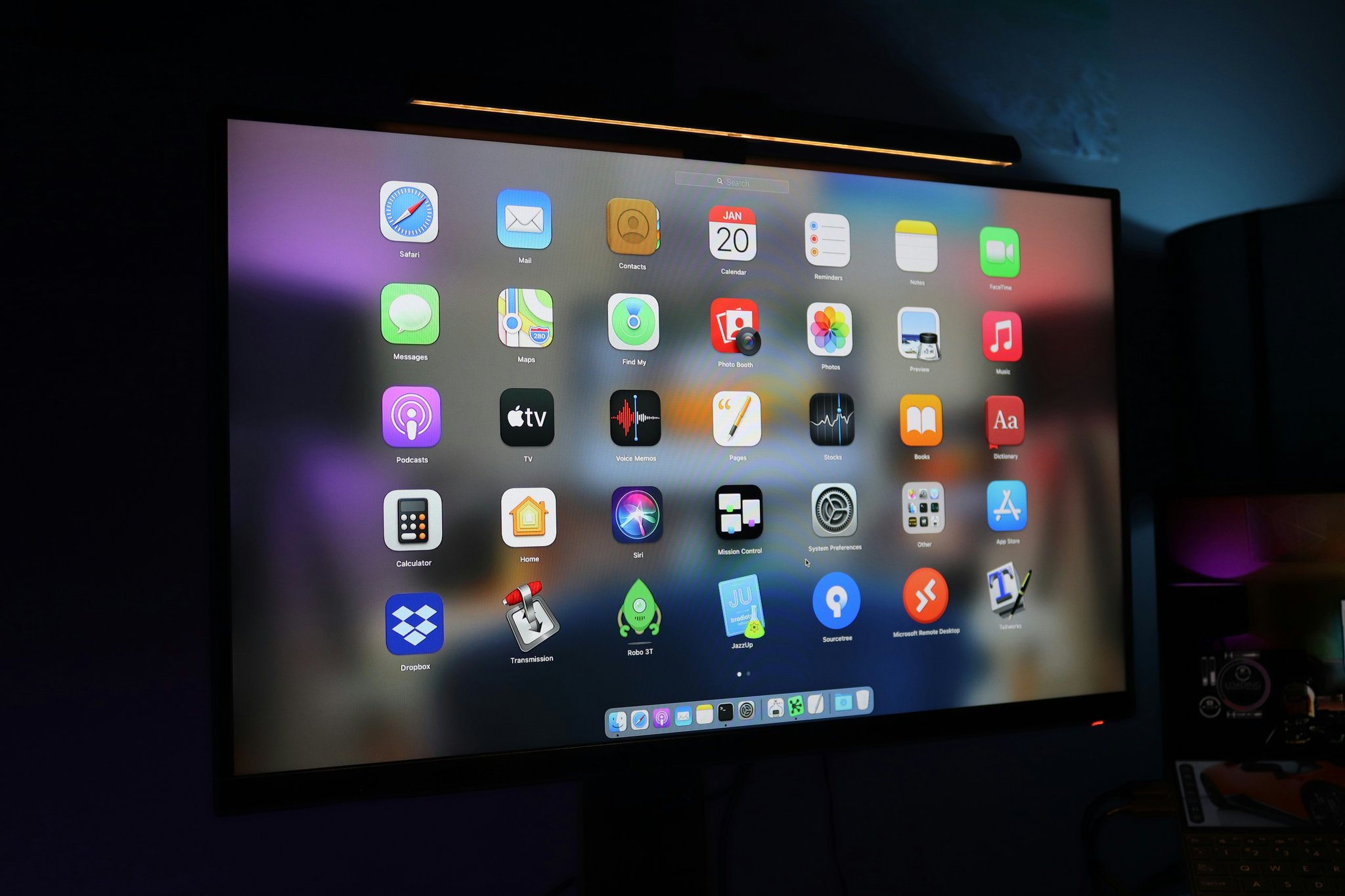Ever felt like drowning in data while trying to uncover meaningful research insights? You’re not alone. Whether you’re a student, researcher, or wellness enthusiast, finding the right “research insights tool” can feel overwhelming—like sifting through sand with a teaspoon. But what if I told you that there are apps designed to transform this struggle into seamless productivity and better well-being?
In this post, we’ll cut through the noise and show you how to master your workflow using research tools for productivity and wellness. You’ll learn:
- The importance of a good research insights tool.
- How to choose the best app for your needs.
- Actionable tips for maximizing these tools.
- Case studies showcasing real-world success.
Table of Contents
- Why Is Having a Good Research Insights Tool Important?
- Step-by-Step Guide to Choosing Your Perfect Tool
- Tips for Maximizing Productivity and Well-being
- Real-World Examples That Inspire
- FAQs on Research Insights Tools
Key Takeaways
- A great research insights tool saves time, reduces stress, and enhances focus.
- Choosing the right tool depends on features, ease of use, and integration capabilities.
- Leverage AI-powered functionalities to gain deeper insights faster.
Why Is Having a Good Research Insights Tool Important?
Here’s a stat to chew on: Over 80% of researchers report feeling overwhelmed by information overload, leading to burnout and stifled creativity. The solution? A robust research insights tool that helps organize data without turning your brain into mush.
Imagine spending hours analyzing spreadsheets just to find one nugget of actionable insight. Painful, right? Now imagine an app where all those hours are condensed into minutes—and you still have energy left over to binge-watch your favorite series guilt-free.

Confessional Fail: When I Picked the Wrong Tool
I’ll admit it—I once spent $50 on a shiny new app promising “AI magic.” Spoiler alert: It was clunky as fudge and ate half my data within days. I’d never felt more betrayed since avocado toast became trendy. Lesson learned? Always test before you invest!
Step-by-Step Guide to Choosing Your Perfect Tool
Let me save you from making my mistakes (you’re welcome). Here’s how to pick a winner:
Step 1: Define Your Needs
Before diving into options, ask yourself:
Optimist You: “What problems am I solving?”
Grumpy You: “Seriously, why am I wasting my Sunday researching this BS?”
Be specific. Are you looking for survey analysis? Data visualization? Or something else entirely?
Step 2: Compare Features
Look for must-haves like cloud storage, collaboration tools, and user-friendly dashboards. Don’t fall for flashy extras unless they actually help.
Step 3: Test Before You Commit
Most reputable research insights tools offer free trials or freemium versions. Use them wisely—it’s like dating; you need to see if there’s chemistry first.

Niche Rant: Stop With the Fake Freemium Plans Already!
Pet peeve moment: Some companies slap “Free” on their product but lock every useful feature behind a paywall. If it feels manipulative, it probably is. #RIPTrust.
Tips for Maximizing Productivity and Well-being
- Use Automation Wisely: Let AI do mundane tasks so you can focus on higher-level thinking.
- Prioritize Mental Health Breaks: Set reminders in your research insights tool to take breathers. Even robots need oil changes.
- Avoid Multitasking Like Cholera: Stick to one task at a time to avoid cognitive clutter.
Terrific Tip Disclaimer: Whatever you do, don’t try cramming unrelated tools together. For example, don’t use your fitness tracker as a note-taking device. Trust me—it ends badly.
Real-World Examples That Inspire
Case Study 1: A grad student used Miro—a visual collaboration platform—for thesis brainstorming sessions. Result? She shaved off weeks from her timeline thanks to seamless team discussions and organized mind maps.
Case Study 2: A wellness coach integrated Qualtrics surveys with Fitbit tracking to analyze client habits deeply. Clients reported improved outcomes because insights were tailored individually.

FAQs on Research Insights Tools
Q: Can I rely solely on free research insights tools?
Absolutely—if they meet your needs. Many free tools like Google Forms pack enough punch for beginners.
Q: What’s the best way to keep up with updates?
Subscribe to newsletters, join relevant forums, or follow thought leaders who geek out about tech innovations.
Conclusion
Finding the perfect research insights tool isn’t rocket science—but it does require some soul-searching mixed with practical testing. Remember, the goal is less overwhelm and more flow state bliss.
So go ahead—grab that free trial, crush those surveys, and maybe treat yourself to coffee while you’re at it. Because life’s too short to be stuck in spreadsheet purgatory.
Like stacking pixel-perfect Tetris blocks,
Your workflow hums, no clock stops;
Research done, now Netflix calls—
Tamagotchi vibes: Feed your SEO goals.


